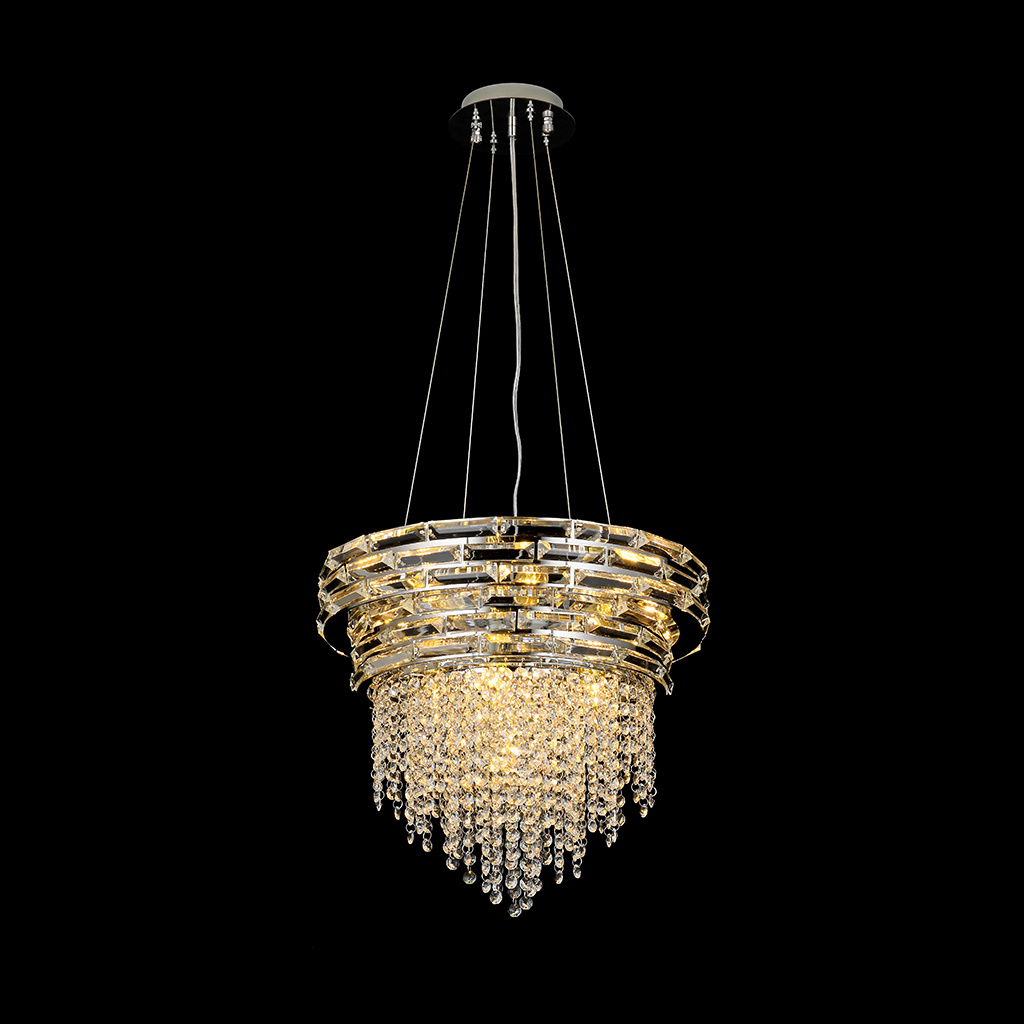Illuminating Your Space: A Comprehensive Guide to Indoor Ceiling Lights
When it comes to interior design, illumination plays a crucial role in defining the ambiance of any room. Indoor ceiling lights are not just functional fixtures; they serve as focal points that enhance the overall aesthetic of a space. Understanding the various options available and their benefits can help you make informed decisions that reflect your personal style and meet your practical needs.
2025/06/18

When it comes to interior design, illumination plays a crucial role in defining the ambiance of any room. Indoor ceiling lights are not just functional fixtures; they serve as focal points that enhance the overall aesthetic of a space. Understanding the various options available and their benefits can help you make informed decisions that reflect your personal style and meet your practical needs.
Indoor ceiling lights come in various designs, including flush mounts, semi-flush mounts, chandeliers, and recessed lighting. Each type offers unique characteristics suited for different room sizes and ceiling heights. For instance, flush mount lights are ideal for low ceilings as they provide ample light without obstructing space, while chandeliers can add elegance and drama to larger rooms.
One of the primary considerations when selecting indoor ceiling lights is the quality of light they provide. Different bulbs emit varying brightness levels and color temperatures. LED bulbs, for example, are becoming increasingly popular due to their energy efficiency and long lifespan, while incandescent bulbs offer a warm glow that creates a cozy atmosphere. When choosing your bulbs, consider the purpose of the room; warmer tones can make a space feel inviting, while cooler tones are often preferred for task-oriented areas like kitchens or home offices.
Moreover, the style of indoor ceiling lights should complement the architecture and decor of your home. Modern designs often feature sleek lines and minimalist aesthetics, while traditional styles may include intricate details and classic finishes. Mixing and matching different types of lighting can also add visual interest and depth to your space.
Another important aspect is the placement of indoor ceiling lights. Properly positioned lights can enhance functionality and highlight architectural features. For instance, placing recessed lighting strategically can draw attention to artwork or create a layered lighting effect. Conversely, overcrowding a space with too many fixtures can lead to an overwhelming ambiance, so it’s essential to find the right balance.
In addition to aesthetics and functionality, consider the installation process of your chosen indoor ceiling lights. Some fixtures may require professional installation, especially if they involve electrical work or structural changes. Always prioritize safety and ensure that your lighting solutions are installed correctly to avoid hazards.
Finally, think about the future of your lighting choices. Many modern indoor ceiling lights are compatible with smart home technology, allowing you to control brightness and color temperature through your smartphone or voice commands. This added convenience can enhance your living experience and offer flexibility in adapting your ambiance to different occasions.
In conclusion, indoor ceiling lights are a vital component of interior design that can greatly impact the look and feel of your space. By considering the various types, quality of light, styles, placement, and installation, you can create a well-lit environment that reflects your personality and meets your needs.
Indoor ceiling lights come in various designs, including flush mounts, semi-flush mounts, chandeliers, and recessed lighting. Each type offers unique characteristics suited for different room sizes and ceiling heights. For instance, flush mount lights are ideal for low ceilings as they provide ample light without obstructing space, while chandeliers can add elegance and drama to larger rooms.
One of the primary considerations when selecting indoor ceiling lights is the quality of light they provide. Different bulbs emit varying brightness levels and color temperatures. LED bulbs, for example, are becoming increasingly popular due to their energy efficiency and long lifespan, while incandescent bulbs offer a warm glow that creates a cozy atmosphere. When choosing your bulbs, consider the purpose of the room; warmer tones can make a space feel inviting, while cooler tones are often preferred for task-oriented areas like kitchens or home offices.
Moreover, the style of indoor ceiling lights should complement the architecture and decor of your home. Modern designs often feature sleek lines and minimalist aesthetics, while traditional styles may include intricate details and classic finishes. Mixing and matching different types of lighting can also add visual interest and depth to your space.
Another important aspect is the placement of indoor ceiling lights. Properly positioned lights can enhance functionality and highlight architectural features. For instance, placing recessed lighting strategically can draw attention to artwork or create a layered lighting effect. Conversely, overcrowding a space with too many fixtures can lead to an overwhelming ambiance, so it’s essential to find the right balance.
In addition to aesthetics and functionality, consider the installation process of your chosen indoor ceiling lights. Some fixtures may require professional installation, especially if they involve electrical work or structural changes. Always prioritize safety and ensure that your lighting solutions are installed correctly to avoid hazards.
Finally, think about the future of your lighting choices. Many modern indoor ceiling lights are compatible with smart home technology, allowing you to control brightness and color temperature through your smartphone or voice commands. This added convenience can enhance your living experience and offer flexibility in adapting your ambiance to different occasions.
In conclusion, indoor ceiling lights are a vital component of interior design that can greatly impact the look and feel of your space. By considering the various types, quality of light, styles, placement, and installation, you can create a well-lit environment that reflects your personality and meets your needs.







